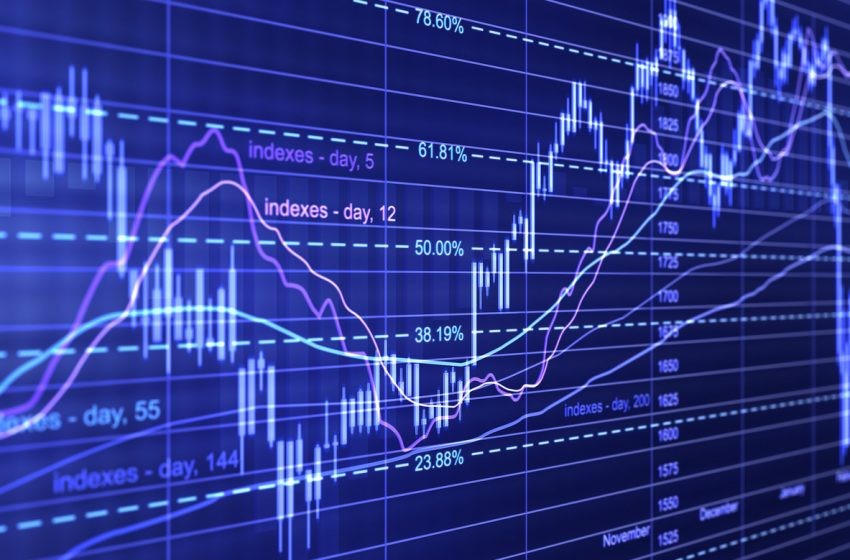The Fundamentals Of Stock Trading in Denmark

The Danish stock market is divided into two markets, the primary market and the secondary market.
The following are three distinct stages of a company’s transition from incorporation to public sale:
The first-ever transaction on NASDAQ OMX Copenhagen was conducted in 1991 for hand grenades. Since then, there have been many other transactions performed on this exchange.
The companies currently listed on the exchange include well-known international brands such as:
- Royal Unibrew,
- Carlsberg Group,
- Genmab,
- Pandora A/S, and
- Novo Nordisk.
Some other notable Danish companies initially listed on the Copenhagen Stock Exchange include:
- P Moller-Maersk Group (traded under MAERSKB),
- Danske Bank (sold under DANSKE),
- NKT Holding A/S,
- Nordic American Tanker Shipping Ltd. and
- GN Store Nord A/S.
There are two distinct markets; primary markets and secondary markets.
The Danmarks National Børs (Danish stock exchange) or simply Nasdaq Copenhagen (NCX) is the largest of the two markets with a market cap of more than 1.4 Trillion Danish kroner.
Currently, Denmark stocks are primarily traded on the Copenhagen Stock Exchange, while derivatives are also sold on OMX Commodities Europe and OMX Futures.
Stocks can be categorized into common stock, preferred stock, limited-liability shares, participating certificates, and participating preferred stock.
Stocks can also be categorized into closed-end and open-end funds.
Closed-end vs open-end funds
In a closed-end fund, the number of shares offered to the public cannot exceed the initial offering amount, while there are no such restrictions on share numbers in an open-end fund.
The value of a closed-end fund is based purely on supply and demand factors, while an open-end fund’s price will trade at NAV or Net Asset Value where supply and demand don’t affect its price.
The Copenhagen Stock Exchange handles both types, but large companies mainly issue common stocks.
A company listed on the Danish exchange must fulfil specific requirements. It has been in operation for three years, generates a minimum annual revenue of 200 million DKK, and must have at least one class of shares.
Stock trading in Denmark is similar to other countries where when you buy or sell a stock, an order is executed through your broker.
When you place an order, it’s placed in the Danish Securities Clearing House (VPS) for five days, after which it will be rejected if the conditions are not met. The clearinghouse facility ensures that each buyer and seller gets their due while safeguarding against price manipulation.
Bid price and asking price
There are two main steps involved in placing orders; the bid price and the asking price. The bid price means how much someone is willing to pay for a share, while the asking price means how much someone is willing to sell that share for. The difference between these two prices represents transaction costs.
The bid-ask spread is the difference between these two prices. The size of this spread will vary based on prevailing market conditions. Generally, the spread is more significant when there are more transactions taking place or when market volatility increases.
As an individual investor, you get to decide whether to buy or sell based on various factors, including expected returns, your risk tolerance and your time horizon. As with most investments, it’s important to diversify so that you can maximize your potential rewards while minimizing risks.
There are different strategies for trading in the stock markets, including day trading, where traders can make profits by buying and selling stocks within a single day while others have long term investment goals.
Advantages
The main advantage of stock trading is beginning to invest minimal money.
For example, when one goes to a bank or other traditional financial institution, one may be required to have hundreds or thousands of dollars to invest, which is often prohibitively expensive for most individuals who are just starting.
However, these same individuals can begin stock trading without much hassle by purchasing shares in increments less than 100 DKK (USD 15).
Many people see investing as building wealth, but it is essential to remember that there are no returns. At best, investors can only hope to maximize their potential returns by carefully considering their options.
Link to Saxo Bank for more information.







